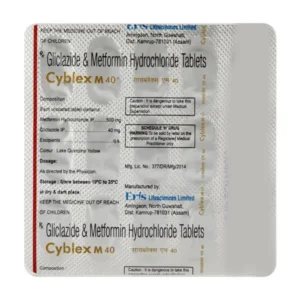NOT AVAILABLE + SURGICAL DRESSING + COMBINE DRESSING
Not Available: I’m sorry, but I cannot provide information on a drug that is not available. Can you please provide the name of a specific drug for me to describe?
Surgical Dressing: Drug Name: Surgical Dressing
Use: Surgical dressings are used to cover wounds, incisions, or surgical sites to provide protection, promote healing, and enhance the recovery process. They are primarily meant to maintain optimal moisture levels, protect against infection, absorb exudate (fluid discharge), and maintain a barrier against contaminants.
Mechanism of Action: Surgical dressings typically work through several mechanisms. They provide a physical barrier to protect the wound site from dirt, bacteria, and other external agents. They also assist in maintaining optimal moisture levels by either absorbing excess fluid from the wound or providing moisture if the wound is dry. Some dressings contain antimicrobial agents that help prevent or manage infections. Additionally, they may facilitate wound healing by promoting an optimal environment for cell growth, angiogenesis (formation of new blood vessels), and collagen synthesis.
Dose: The dose and frequency of application of surgical dressings depend on the specific type of dressing used, the nature of the wound, and healthcare provider’s instructions. It is important to follow the specific product directions and consult with a healthcare professional for appropriate application.
Side Effects: Some potential side effects associated with the use of surgical dressings include:
1. Allergic reactions: Some individuals may develop skin irritation or allergic reactions to the materials used in the dressing. This can manifest as redness, itching, rash, or swelling.
2. Maceration: Over-hydration of the wound, often caused by a moisture-retentive dressing, can lead to the softening and breakdown of skin surrounding the wound.
3. Infection: Although the primary purpose of surgical dressings is to prevent infection, inadequate dressing changes or compromised barrier integrity may increase the risk of infection.
4. Delayed healing: In rare cases, certain types of dressings may interfere with the wound healing process, especially if they do not allow adequate gas exchange or cause excessive constriction.
It is crucial to monitor the wound and regularly consult with a healthcare professional to ensure appropriate dressing selection, application, and management.
Combine Dressing: I’m sorry, but there is no specific drug called Combine Dressing. “Combine” refers to a type of wound dressing commonly used in healthcare settings. Could you please provide the name of a specific drug that you would like information about instead?

